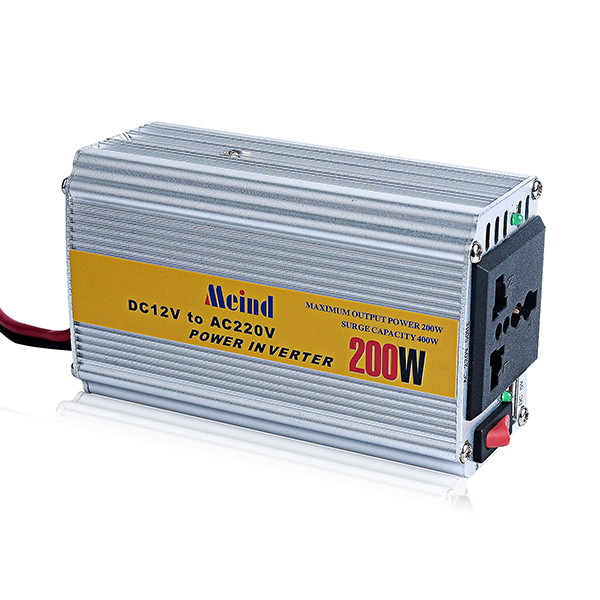As our planet faces the growing challenge of climate change, the urgent need for alternative energy sources is more evident than ever. The automotive industry is considered one of the largest contributors to greenhouse gas emissions and has been actively exploring innovative solutions to reduce its carbon footprint. One of the breakthroughs in sustainable transportation is the new energy vehicle (NEV) inverter. In this blog, we delve into the importance and capabilities of new energy vehicle inverters, revealing how they can shape a greener future.
Learn about new energy vehicle inverters.
Simply put, an inverter is a device that converts direct current (DC) into alternating current (AC) to efficiently utilize electrical energy. In new energy vehicles, the function of the inverter is to convert the DC output generated by the vehicle battery into alternating current to drive the electric motor. This key component ensures the smooth and reliable operation of electric vehicles, making it an indispensable element in the electric vehicle ecosystem.
Technological progress improves the efficiency of new energy vehicle inverters.
In recent years, new energy vehicle inverter technology has made significant progress, improving energy efficiency and overall vehicle performance. Cutting-edge semiconductor materials such as silicon carbide (SiC) and gallium nitride (GaN) are gradually replacing traditional silicon-based devices. These advanced materials enable higher voltage operation, significantly reduce energy losses, and increase power conversion efficiency by up to 10%. In addition, these new generation inverters are compact and lightweight, which facilitates space optimization and helps increase vehicle range.
Smart grid function integration.
New energy vehicle inverters not only convert electricity for vehicle propulsion, but also have smart grid functions, enabling grid-to-vehicle (G2V) and vehicle-to-grid (V2G) connections. G2V communications enable the inverters to efficiently charge batteries via the grid, taking advantage of renewable energy during off-peak hours. V2G technology, on the other hand, allows vehicle batteries to provide excess power to the grid during periods of high demand. This two-way flow of power contributes to grid stability, reduces stress on power infrastructure, and ultimately facilitates the integration of renewable energy sources into the grid.
Reliability and security.
It is crucial to ensure the reliability and safety of new energy vehicle inverters. Rigorous testing procedures and standards are employed, including extensive thermal management systems and fault diagnostic capabilities. These measures guarantee optimal performance and prevent potential failures, ensuring driver safety and the overall efficiency of the electric vehicle.
The future on wheels.
As governments around the world increase their efforts to combat climate change, demand for new energy vehicles will grow significantly in the coming years. New energy vehicle inverters will continue to play a key role in achieving sustainable transportation by providing efficient power conversion and smart grid integration solutions. Investment in R&D and partnerships is key to further enhancing the capabilities of these inverters, making electric vehicles an increasingly viable and environmentally friendly option for the masses.
The emergence of new energy vehicle inverters has undoubtedly completely changed the landscape of sustainable transportation. By harnessing the power of conversion and integration, these remarkable devices pave the way for electric vehicles to become a reality. As we work together to create a greener, cleaner future, it is imperative to embrace and promote the advancement of new energy vehicle inverter technology. Let’s embark on this transformative journey toward a sustainable tomorrow, one electrical revolution at a time.
Post time: Oct-30-2023


